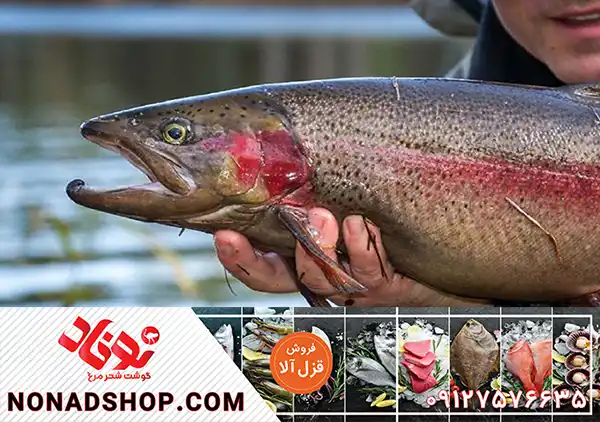
Atlantic salmon skin barrier functions gradually enhance after seawater
transfer
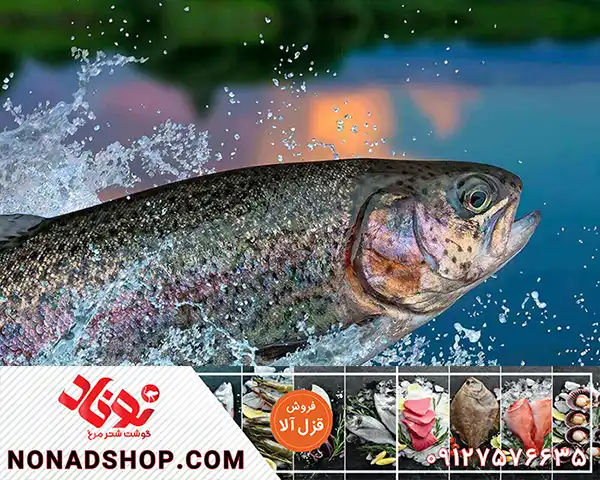
Atlantic salmon farming operates with high production intensities where skin integrity is recognized as a central factor and indicator for animal health and welfare. In the described trial, the skin development and its immune status in healthy Atlantic salmon reared in two different systems, a traditional open net-pen system and a semi-closed containment system, were investigated. Freshwater smolts were compared to post-smolts after 1 and 4 months in seawater. Growth performance, when adjusted for temperature, was equal between the systems. Skin analyses, including epidermis and dermis, showed that thickness and mucus cell numbers increased in pace with the growth and time post seawater transfer (PST). Gene expression changes suggested similar processes with development of connective tissue, formation of extracellular matrix and augmented cutaneous secretion, changes in mucus protein composition and overall increased immune activity related to gradually enforced protection against pathogens. Results suggest a gradual morphological development in skin with a delayed recovery of immune functions PST. It is possible that Atlantic salmon could experience increased susceptibility to infectious agents and risk of diseases during the first post-smolt period
Introduction
Success and sustainable growth of the commercial Atlantic salmon (Salmo salar) aquaculture depend principally on fish health and welfare. Development of semi-closed containment systems (S-CCS) at sea is a promising strategy aiming at further expansion of the Atlantic salmon production in Norway1. In general, these systems are developed for the rearing of post-smolts during a limited period after seawater transfer. S-CCS technologies are targeted to better control the farm environment and improved protection against infectious diseases and parasites. Many of the S-CCS systems are designed with a deeper water-inlet (>20 m below the surface). Such tempered water may be beneficial during warmer summer periods and cold winters, but may also reduce growth and other metabolic processes the rest of the year. However, the deep water intake aim to prevent parasitic infections, mainly sea lice. It is currently unknown if these changes in production parameters, may bring an altered diversity, prevalence or load of known or new microparasites compared to the open systems. For example, skin ulcerations of Atlantic salmon post-smolts is a reoccurring problem2,3, and one of the problems anticipated to increase in S-CCS systems. Bacteria such as the psychrophilic Moritella viscosa, causing winter-ulcer disease in farmed salmonids4, may increase the risk of skin ulcerations. Assessment of S-SSC, their advantages and drawbacks in comparison with traditional facilities requires systematic monitoring and multidisciplinary research.
The skin of fish is a protective and active layer of tissue that interacts with the surrounding environment5. It provides protection against external agents and has a high capacity for healing and regeneration6. Several cell types are involved in formation and maintenance of the cutaneous layer that forms the first physical and immune active barrier in fish7–9. The epidermis is a superficial multilayer of cells that forms a stratified epithelium. Mucus cells, scattered in the epidermis, secrete products with antimicrobial activities10. The keratocytes are the outermost cells, forming the epidermis cell layer which is in contact with the fish’s surroundings. Keratocytes rapidly migrate to cover wound surfaces with the ability to internalize particular matter as part of the nonspecific immune response11,12. Removal of this outer layer of fish skin may increase susceptibility to infections7,9. Underneath the epidermis is the dermis, which contains the fibrous connective tissue enriched with blood vessels. The outer part (stratum spongiosum) contains the scales. The deeper part (stratum compactum) has a high proportion of collagen fibers that provide the flexible support followed by vascularized tissue that links with the adipose tissue and the muscle. Skin structure under normal conditions and its ability to repair after damages are determined by diverse cellular elements, extracellular matrix (ECM) and function of mucus.
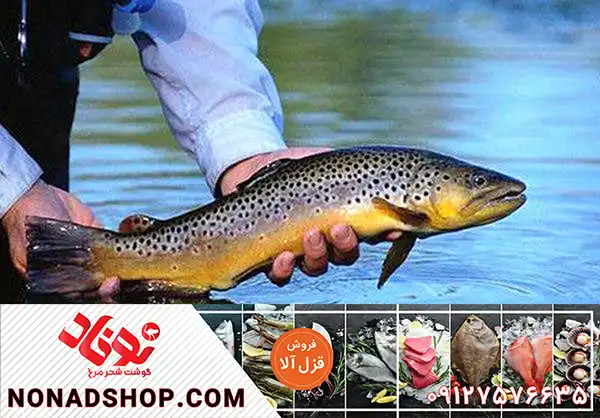
Atlantic salmon is poikilothermic, and biological processes will be affected by environmental parameters, such as water temperature. Temperature affects both specific and nonspecific immunity13. Low temperature may have systemic immunosuppressive effects on fish14 where protection from vaccination may decrease15. Effects on the nonspecific immunity may also be of great importance. Low temperatures decrease the motility of the re-epithelializing keratocytes8, while it may also enhance other responses such as e.g. lytic activities16, and potentially affect the many roles of mucus10. It is reported that skin of Atlantic salmon responded with enrichment of genes related to mucus immunity at low temperature17. A recent transcriptome study revealed systemic suppression of immunity in salmon during smoltification, which maintained at the same level after three weeks in seawater18. Further studies found substantial difference between salmon strains by the character and magnitude of immune changes during smoltification19. This might be associated with the increased occurrence of infectious diseases in salmon after seawater transfer2,20 as it remains unknown if expression of immune genes increases after initial down-regulation and how much time is required for recovery.
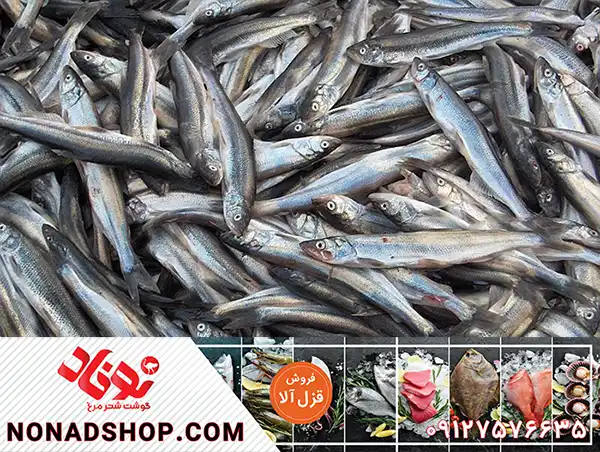
The goal of this study
was assessment of conditions and temporal changes in salmon skin from smolt in freshwater to post-smolt in the first period after seawater transfer, and comparison between a S-CCS and conventional open sea net-pens. Performance of salmon from the same batch of smolts was tested in two different farming systems; in Preline S-CCS (Preline Fishfarming System AS, Norway) and in conventional open sea net-pens. While the water in Preline is heavily controlled by a deep water intake, the fish in open net-pens are constantly exposed to the natural water qualities at the site’s location. Skin was selected for its complex and dynamic barrier functions essential for integrity and protection of the Atlantic salmon. We performed histological examination and transcriptome analyses with focus on resistance, immunity and development of the skin. According to our results, it seems to be a generic response in salmon during the first period after seawater transfer, where immune functions are reduced. These results further indicate that it may be beneficial for salmon to spend the first months in a more controlled and confined environment


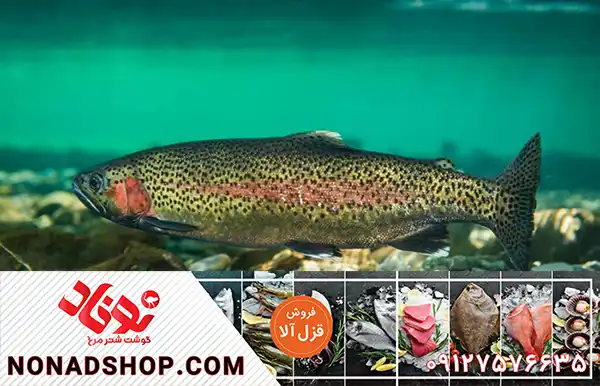




بدون دیدگاه